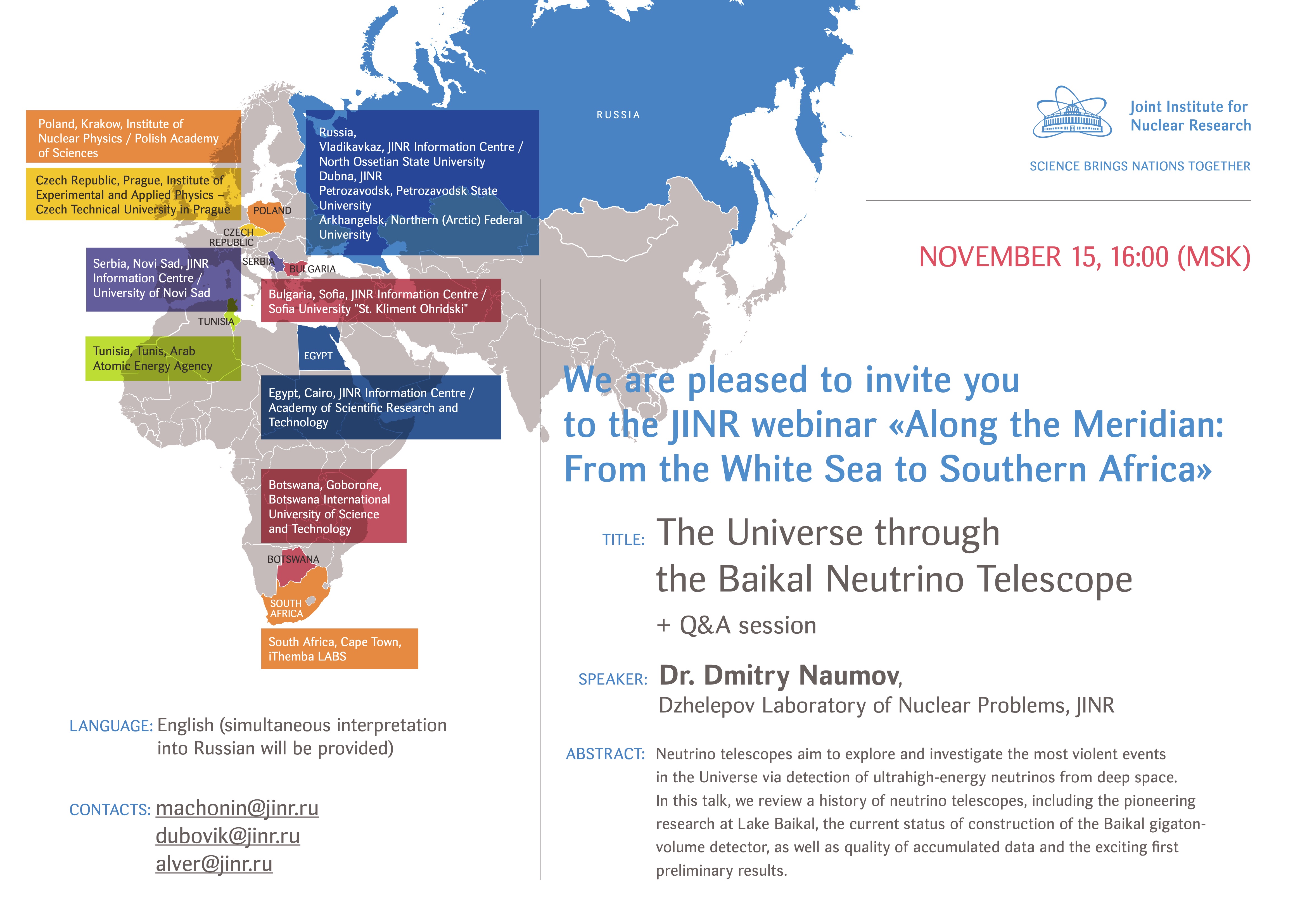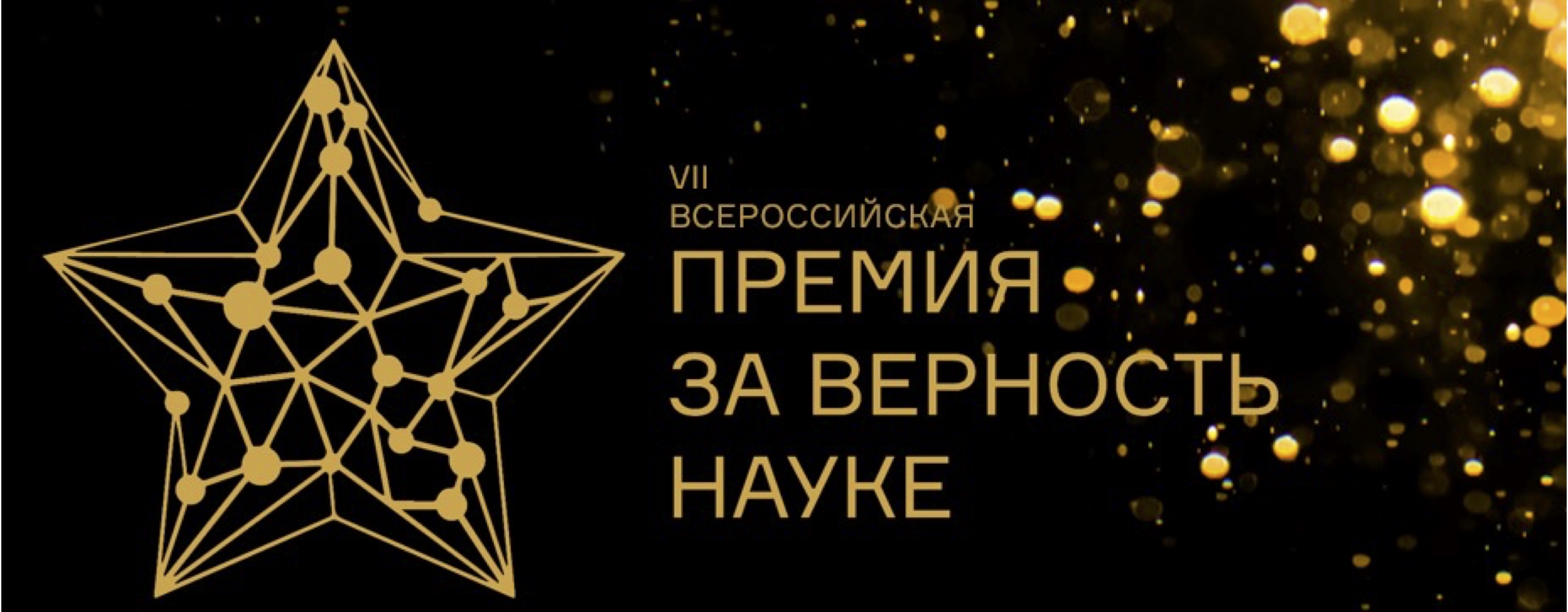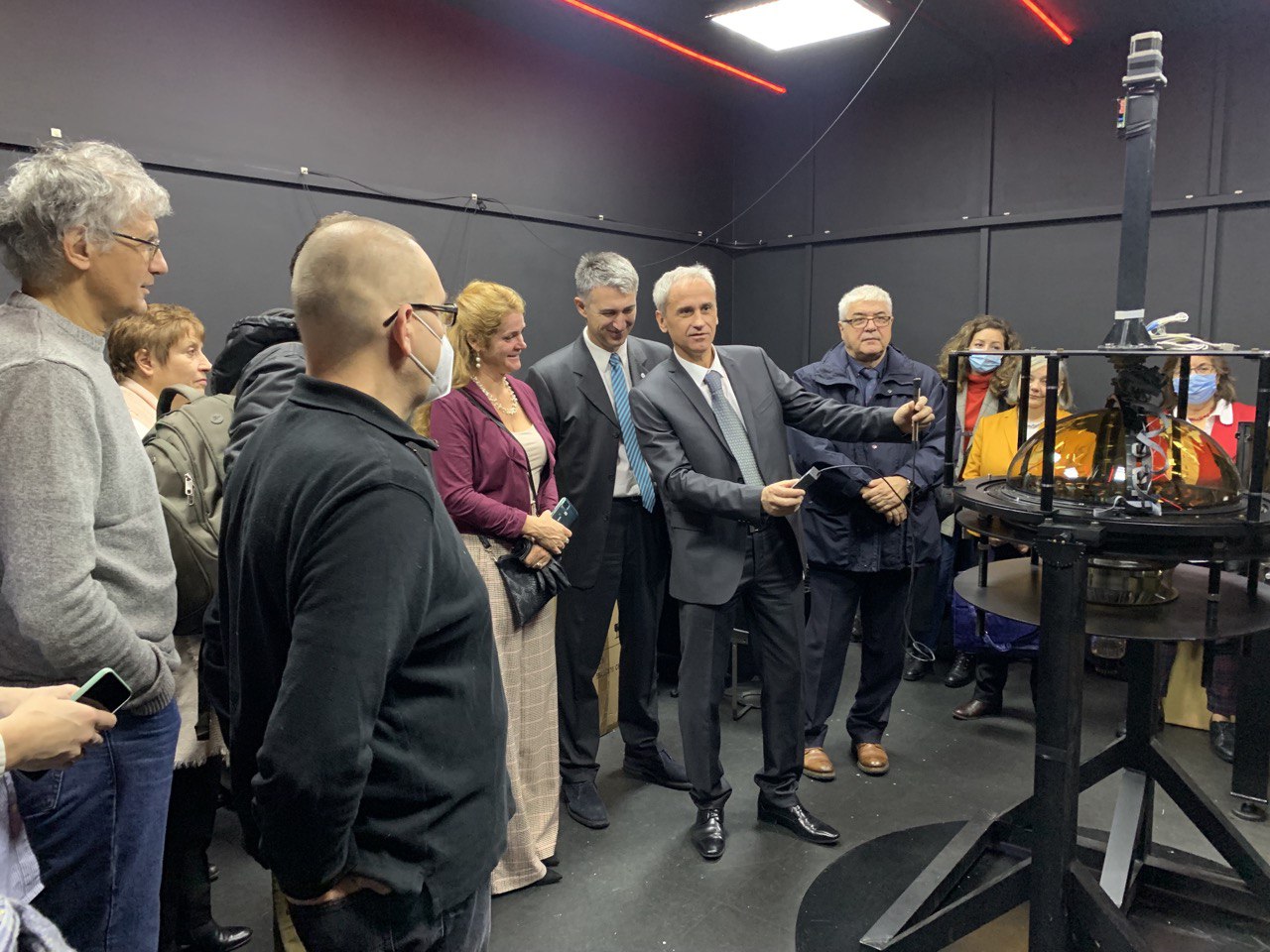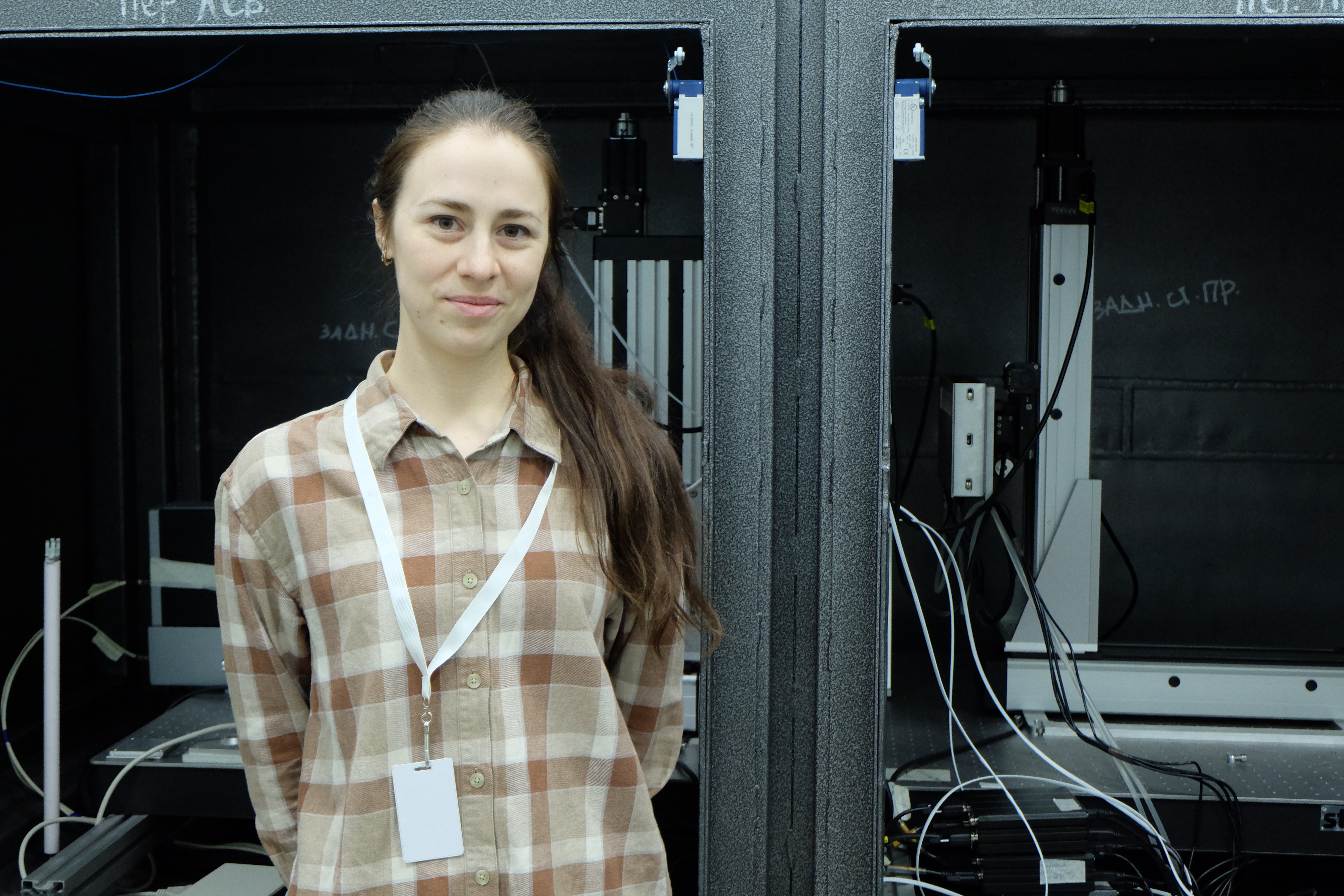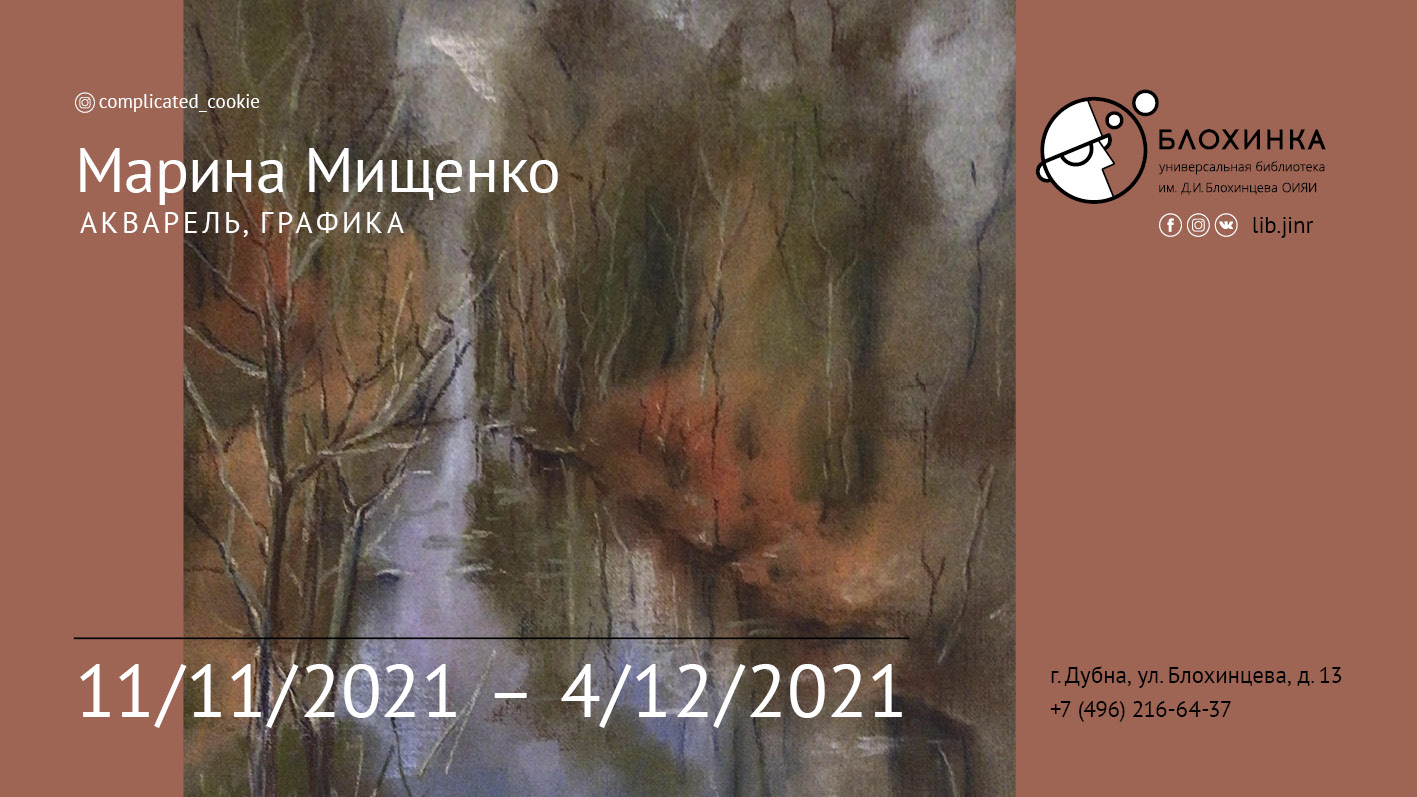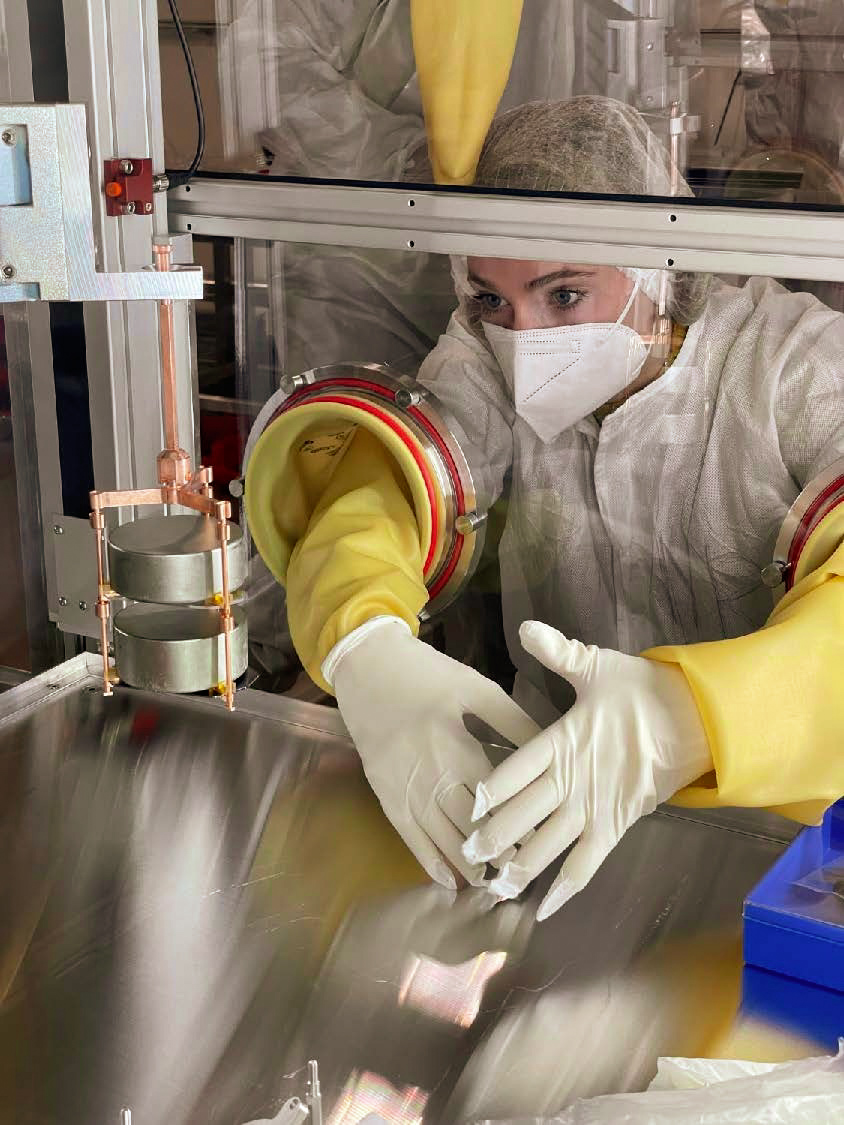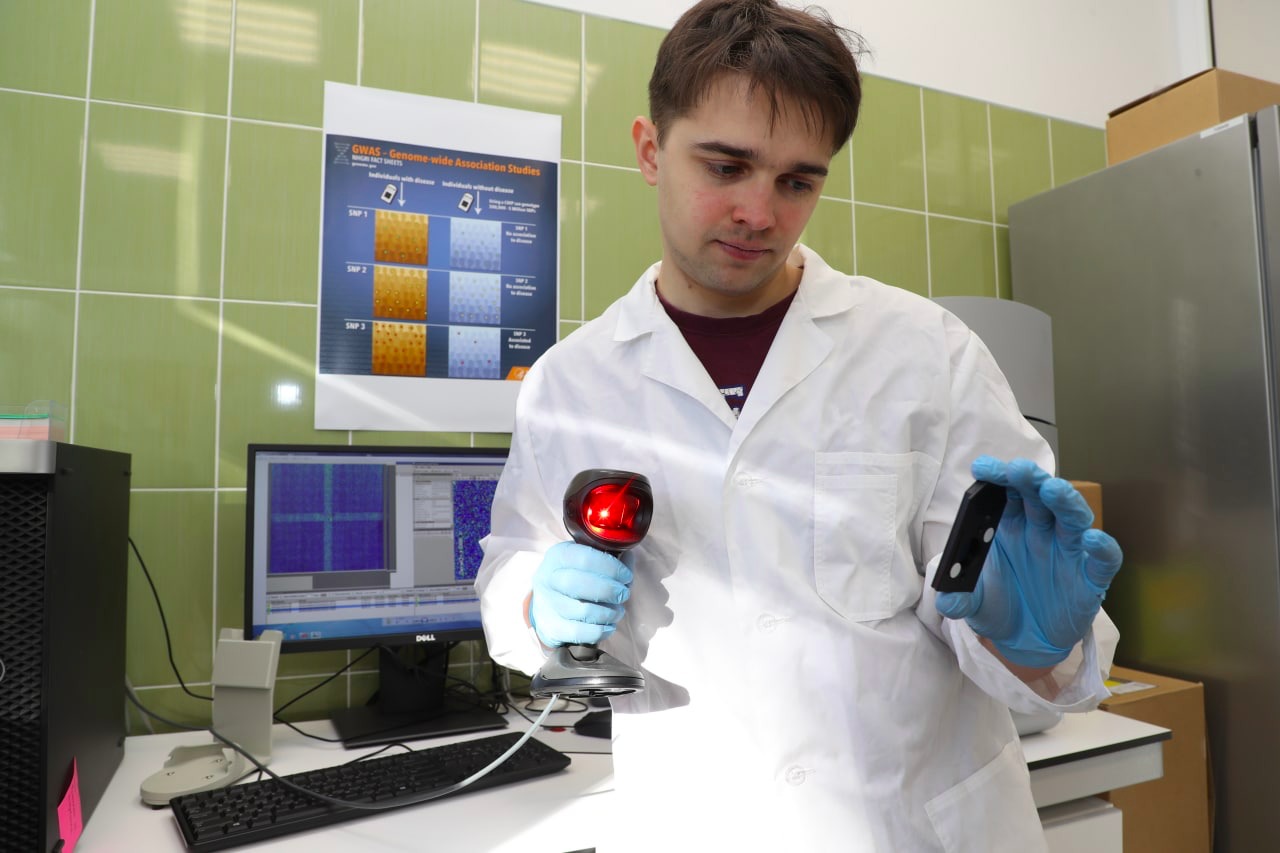News
14.11.2021
Tomorrow, on 15 November 2021, at 16:00, the first international JINR webinar “Along the Meridian: from the White Sea to Southern Africa” will be held for several JINR Information Centres and the institutions which plan to open such centres. Dmitry Naumov, Head of the JINR Neutrino Programme, DLNP Deputy Director, Doctor of Physics and Mathematics, will give a talk “The Universe through the Baikal Neutrino Telescope”.
14.11.2021
The shortlist of the nominees in 14 categories was announced at the session of the Expert Council of the 7th All-Russian Award “For Commitment to Science”. The winners will be declared during the official ceremony on awarding laureates scheduled for the end of November. Our colleague Mark Shirchenko, a DLNP senior researcher, Candidate of Physics and Mathematics, is among those shortlisted for the award in the category “Special Award for Contribution to Popularization of Science and Technologies amid Scientists, Journalists, Teachers and Public Leaders”.
12.11.2021
Today, on 12 November 2021, the participants of the International Training Programme for Decision-Makers “JINR Expertise for the Member States and Partner Countries” visited our Laboratory. This time, heads and specialists from research and education institutions of Bulgaria and Serbia came to attend the training programme.⠀
12.11.2021
While the submission of applications for the next JINR Grant Competition is underway, we carry on our interview series about the 2021 Competition winners, researchers from our Laboratory. Elizaveta Cherepanova, a junior researcher of the Sector of Proton-Proton Interactions of the DLNP Experimental Department of Colliding Beams, is speaking about her work and plans.
12.11.2021
Find in a new GNN Monthly issue information about how the Baikal-GVD collaboration is preparing for the winter expedition to construct the underwater neutrino telescope, how the Radio Neutrino Observatory (RNO-G) was deployed in the ice of Greenland, about the facility structure and scientific objectives, and even more news from the life of large neutrino telescope collaborations.
The current GNN Monthly issue.
11.11.2021
Today, on 11 November 2021, at 19:00, the exhibition of art pieces of our designer Marina Mishchenko is going to be opened at the JINR Blokhintsev Universal Library. All those interested are invited! The exhibition will last till 4 December 2021. The entry is free.
08.11.2021
The submission of applications for the 2022 JINR Grants for early-career scientists and specialists got underway. Meanwhile, the last-year winners are fulfilling their grant responsibilities. Ilya Vasilyev is among them. He is an assistant researcher of the Sector of Calorimetric and Hardware and Software Systems of Data Processing and Analysis of the DLNP Experimental Department of Multiple Hadronic Processes.
08.11.2021
What microorganisms, capable of making the soil and atmosphere composition suitable for life, can be settled and where
Scientists have spotted the areas on Mars where colonies of lichen and autotrophic bacteria (organisms capable of synthesizing organic matter from inorganic one) can be settled. Microorganisms will be protected from temperature differences, strong wind and hard ultraviolet radiation in the Valles Marineris and in the Hellas Planitia located near the equator. They can multiply there and transform Mars with time making it suitable for life and colonization. Experts believe that it is reasonable first to make the conditions on the neighbouring planet milder, and only then to settle microorganisms there in order to finally transform the appearance of Mars.
08.11.2021
It’s August. “Nerpyonok” (little seal), a local train, is slowly moving along the Circum-Baikal Railway at the very edge of the lake shore. Stony slopes, wooden houses in the taiga are flickering behind train windows on one side, the endless glassy Lake Baikal surface is stretching out on the other. After an hour and a half, the train arrives at the Ivanovka station. Passengers scarcely manage to get out before it starts off, slowly turns round the hill and disappears.
08.11.2021
Strings of giant’s beads are being carefully submerged into the dark water of the deepest lake on Earth. Pulled out, they cover a distance of more than a kilometre. Even the Ostankino TV Tower would seem to be a dwarf near these self-floating units. Thick cables reach the shore: the neutrino observatory hunts after the most elusive particles in the Universe born in distant space accelerators.
05.11.2021
The 2022 JINR Grant Competition for early-career scientists and specialists has been announced. Last year, 18 researchers from our Laboratory won the Competition. We continue the series of interviews with them. Nadezhda Rumyantseva, a researcher of the Sector of Weak Interactions of the DLNP Experimental Department of Nuclear Spectroscopy and Radiochemistry is talking about her grant topics, research interests and plans.
02.11.2021
We continue to tell you about the DLNP researchers who won the 2021 JINR Grant Competition for early-career scientists and specialists. Our interviewee is Mikhail Zarubin, a biophysicist, assistant researcher of the DLNP Sector of Molecular Genetics of the Cell. Molecular genetics of the Cell is a new research direction at JINR. The research results, obtained by the Sector staff working with physicists at the boundary of sciences, illustrate the huge potential of this direction.


